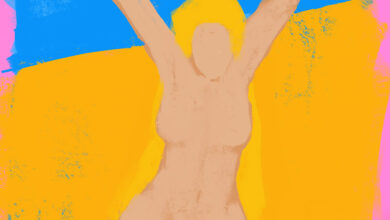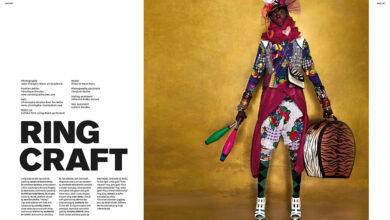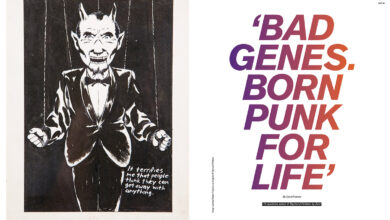'ALL POWER TO THE PEOPLE – ENTÃO E AGORA': GALERIA ZÉ DOS BOIS, LISBON
The revolutionary art of Emory Douglas and the “Black Panthers”
By Lucy Mclean
This exhibition spans two floors of the innovative ‘Zé Dos Bois’ Gallery in the Bairro Alto area of Lisbon, presenting a contextualization of the Black Panthers Movement, it’s connections with other international leftist and Marxist movements, as well as the social programs they developed and the suffering enforced on their members including stories of false arrest and enforced solitary confinement.
Throughout the first floor of the exhibition you can find several newspaper articles, posters, murals, books and films that give a broad view of the Black Panthers Party and the context of American society and politics in the 60’s and 70’s.

In 1964 Bob Dylan sang, “The times are a-changing”, a steely prediction of the growing unrest that was to spread throughout the U.S. over coming decades… Segregation laws, the Vietnam War and police brutalities sparked numerous protest groups to take action with a steady increase in student movements and leftist political groupings, among them the Black Panther Party who were claiming the rights of black people, organizing self-defence initiatives to protect these minority groups against the oppression of the state, and promoting revolutionary social change through mass organization and the emancipation of the working class.
The name of the group was inspired by the emblem of the Lowndes County Freedom Organisation (LCFO) in Alabama – a black panther symbolising dignified strength in an animal that only attacks in self-defence. The group was never one to exclude white supporters or any other ethnic groups, maintaining alliances with with various other revolutionary groups, such as the Peace and Freedom Party, Students for a Democratic Society, Poor People’s March, American Indian Movement and the Young Puerto Rican Brothers. This solidarity between groups allowed the development of united action on two levels: political, in the form of demonstrations and joint bids, and social, in organisation of community programmes. The exhibition, “All Power to the People – Então e Agora”, explores all these developments of the Black Panther group, from their multi-racial alliances to the implementation of social programmes in communities across the U.S.
The second floor of the exhibition is dedicated to the art of Emory Douglas, displaying the work she produced for the Black Panthers Party weekly newspaper which was put into circulation on April 25th 1967 and fast became its prime means of communication to the masses. Douglas played an important part in creating an image of black power for the oppressed communities during her time as Minister of Culture of the Black Panther Party, from 1967 until the dissolution of the party in 1982, responsible for the powerful and innovative graphic design of the newspaper. Along with illustrations and colour graphic arrangements by Emory Douglas, the newspaper published interviews with the groups founders, Bobby Seale, Huey Newton, Eldridge Cleaver and Ray Hewitt, news about the party’s actions and social programmes, and even direct reports on police brutalities and social struggles within the community.

The graphic language of Emory Douglas is strong and direct, depicting the poverty and depression that were rife at this time while transforming ordinary people into heroes through iconic poses and rays emanating from the pictures to outline their power. Douglas first joined the Black Arts Movement during his studies at the City College of San Fransciso, creating posters and leaflets for the important writer and activist, Leroi Jones whose poem “Black Art” (1965) became an important manifesto of the movement.
Emory Douglas is well represented at the exhibition in Galeria ZBD, clearly revealing his talent for disseminating such revolutionary images with few resources, utilising cheap means of production, combining clippings, collages and photographs with black outlines, texture and colour with great graphic intelligence, in an attitude that conveys a sense of empowerment and punk aesthetic.
Douglas became fames for his placement of ‘messages within messages’, representing people through badges, banners and imprinted messages with statements for the release of prisoners or relating to the important social programmes of the Party.
The exhibition, curated by Natxo Checa, held its inauguration on 4th March 2011 and featured a delegation of Black Panthers talking about their experiences: Emory Douglas, Minister of Culture of the Black Panthers; Robert King, Black Panther and political prisoner in Angola U.S. for 27 years of solitary confinement; and Billy X Jennings, Black Panther and historian, officially in charge of the legacy of the Panthers.
The exhibition is now open to the public until the 4th June 2011 from Wednesday to Saturday 6pm – 11pm. Throughout this time there is an extensive selection of film viewings and presentations for which the full programme can be found online at the ZDB website here.
Galeria ZDB Rua da Barroca, no 591200-049 Lisboa Portugal



















